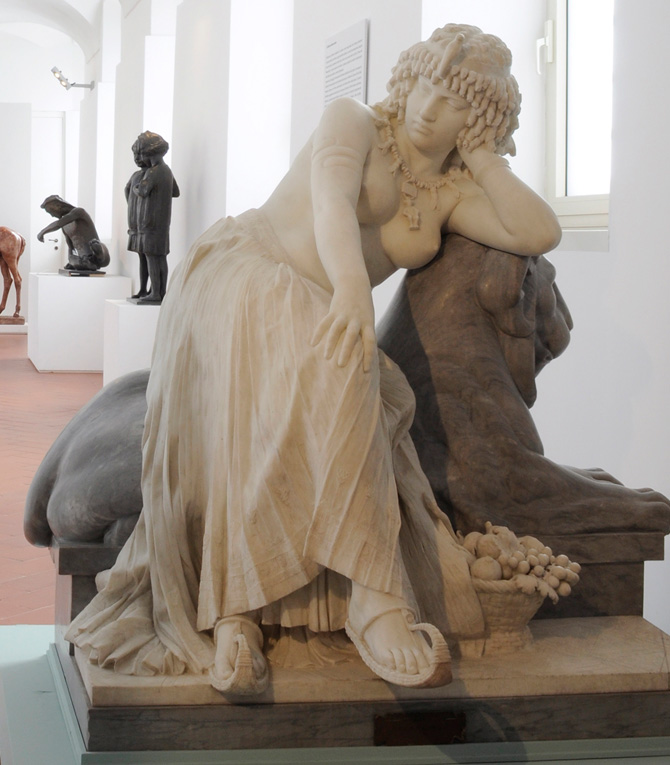Coin of Hadrian & Sandon 117-138 CE
"The cult of Sandan, or Sandas, is a remnant of the 17th century BC Hittite occupation of Cilicia. In his Luwian form he was Teshub, the God of mountain storms. Within the Hittite sanctuary at Yazilikaya he is depicted as a bearded God with conical headdress, holding a club and plant, probably related to the Mesopotamian Tree of Life. Like the rest of the Hittite High Gods, Teshub's feet never touch earth; he either rides the back of mythological beasts, is borne on the shoulders of lesser Gods, or strides above the mountain tops. The mountain tops recall the lofty Hittite homeland, as does the high-peaked cap, and the pyramidal shape of Sandan's altar. While Sandan's cult in Tarsos became assimilated with that of Herakles, in his origins as a nature God he is more similar to the Greek king of the Gods, Zeus."
-taken from cngcoins link below
 |
| Larger, alternate version. Younger Hadrian? |
Source/Quote:
https://www.cngcoins.com/Article.aspx?ArticleID=376



Comments
Post a Comment